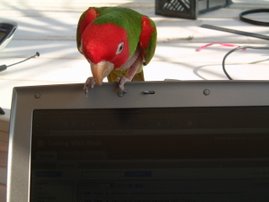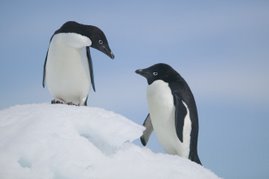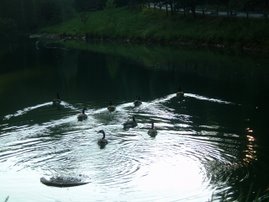
Mr. Spock
If it has feathers...it is definitely a bird. That is to say, only birds have feathers. Furthermore, all birds have feathers...no feathers?...not a bird. While all feathers generally have the same basic elements, they can vary tremendously in appearance, shape and size. That is because different types of feathers have different functions. For example, the long and strong tail and wing feathers are primarily involved in flight. Various types of smaller and softer feathers provide insulation from water and cold.
According to wikipedia "Although feathers are light, a bird's plumage weighs two or three times more than its skeleton" http://en.wikipedia.org/wiki/Feather. That reminds me of the old riddle from when I was a kid: Which weighs more, a pound of rocks or a pound of feathers?















